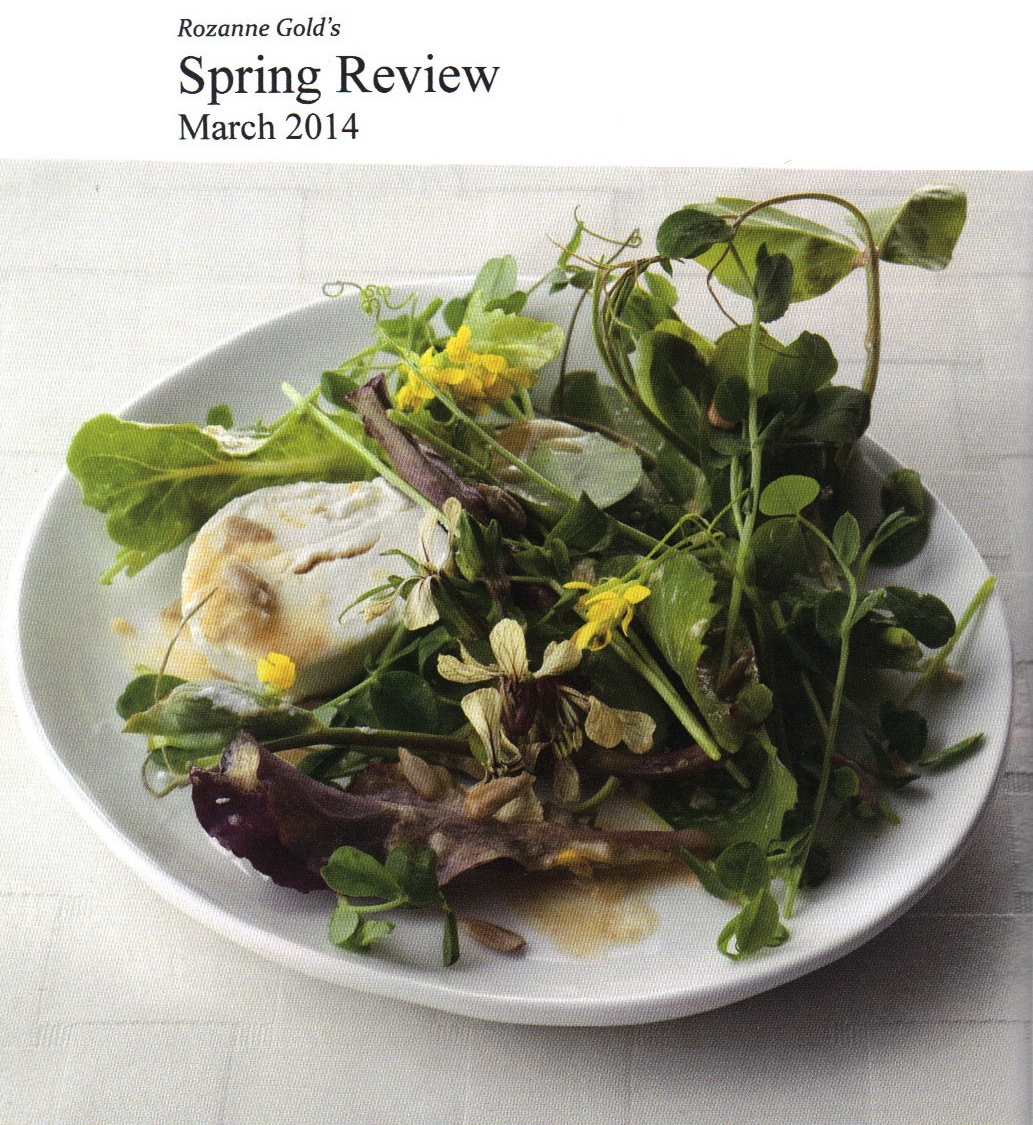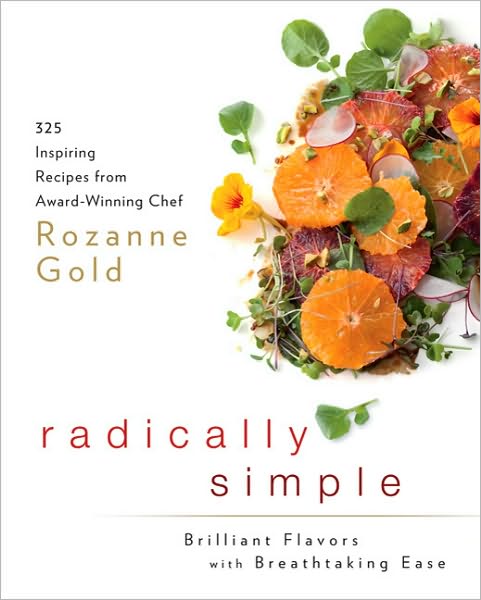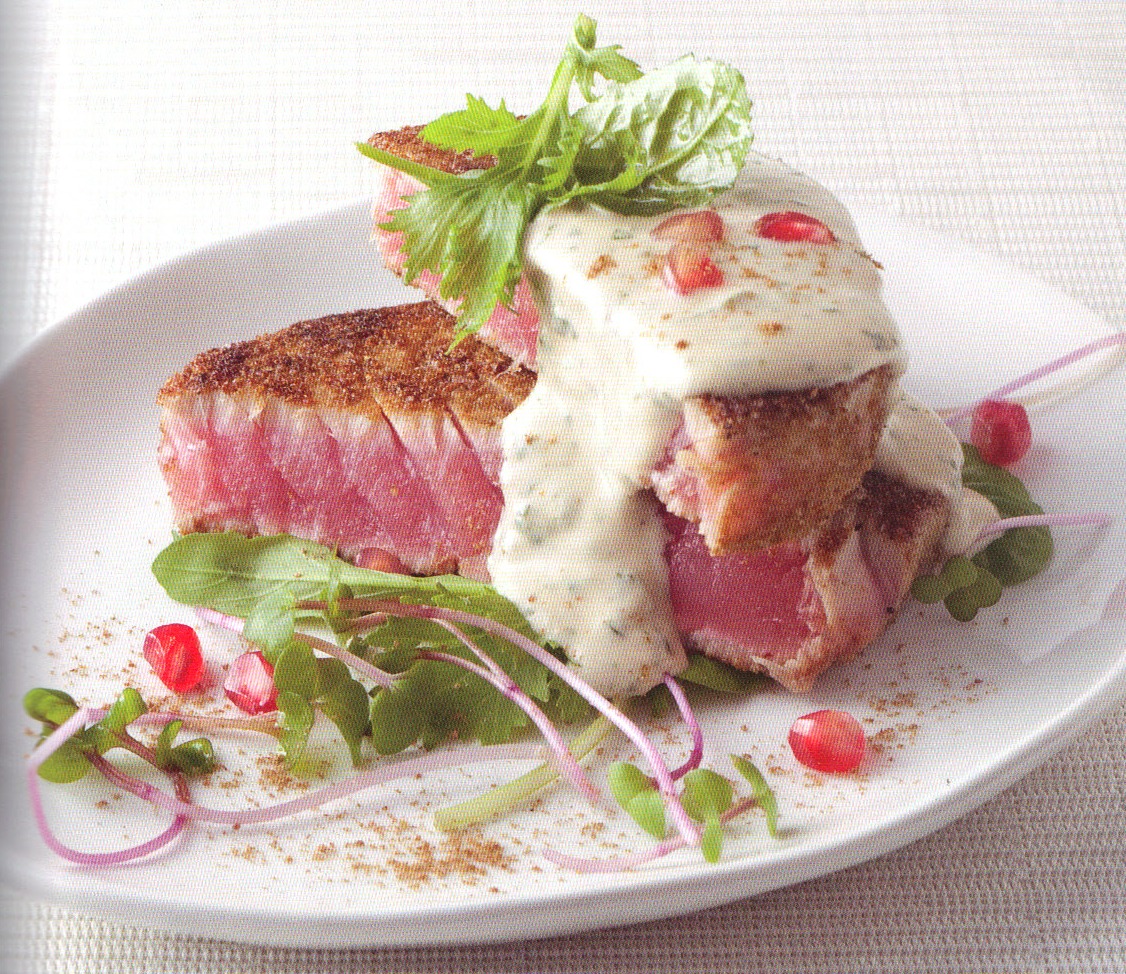On a recent trip to London with trends guru Michael Whiteman, I had the luxury of drinking the world’s best martini – made with Cotswolds Gin. The distillery, located 1-1/2 hours outside London (in charming Shipston-on-Stour) is an alluring introduction to the idyllic landscape, known for lush patches of lavender and gentle hills. Ask proprietor Daniel Szor to give you a tour. Eat at the nearby gastropub, “The Kingham Plough” (20 minutes from the distillery), and then head on to bustling London, a world-eats destination, and stay a few days. Giving thanks, here, to MW (husband) for succinctly mapping the brilliance of three of London’s best new dining spots.
Without a great city street map you’d be pressed to find Beast, but every London cabbie knows the location. Beast comes from the creators of the sizzling Burger & Lobster chain but this time the menu focuses on humongous king crabs and great steaks from several countries. You pass massive tanks holding angry, prehistoric-looking crabs and lobsters with claws almost the size of your shoe before entering a bustling underground room full of wooden communal tables with candelabra. There’s a festive roar, mostly from men spending more than your last paycheck. A short assortment of starters (shrimp tempura with Cajun mayonnaise and avocado is sold by the piece but everyone seems to order a platter) leads you to “The Beasts”, all sold by the gram.
Next to us, four petit women from Paris shared some starters and a king crab beast that arrived on a silver platter; they then collapsed into a caloric stupor and gasped “fini.” Three of us, on the other hand, hoovered up a miraculously sweet crab and then carved into a great slab of corn-finished double sirloin from Nebraska grilled over charcoal. We’re partial to grass-fed Basque Holstein, but they were out that night and our other choices were beef from Scotland, Australia and Finland.
Our meal was rounded out by thrice-fired potato wedges and a green salad topped with juicy smoked tomatoes, which were infinitely better than expected. Do not request bread to sop up the salad juices or meat drippings because there is none.
The knowing wine list is full of big bruisers and first growths and, as befits a steakhouse, Beast is rightfully expensive. Don’t be surprised if this celebratory restaurant migrates to New York or Dubai where there already are busy outposts of Burger & Lobster.
Beast
3 Chapel Pl, Marylebone
+44 20 7495 1816
beastrestaurant.co.uk
Portland is the ideal neighborhood restaurant: smallish, warmly lit, gastronomically ambitious, acoustically sensible and fairly priced. For this reason, most people take taxis to this restaurant in the Fitzrovia neighborhood. Portland is one of three admirable London places run by Will Lander (the others being Quality Chop House and nearby Clipstone). The menu appears concise but then you’re struck with the “I want everything” dilemma. A recently bestowed Michelin star is so well deserved.
A smooth chicken liver parfait is offset by crisp chicken skin, candied walnuts and pickled grapes, and Devonshire crab is rolled with lovage into a thin slice of kohlrabi — both exercises of texture as well as taste. Evidently not one for gastronomical grandstanding, chef Merlin Labron-Johnson, who previously worked at Belgium’s famed In De Wulf, transforms complexities of ingredients into watercolors of flavors, as in foie gras with endive, clementine and raisins soaked in Alsace muscat — bitter flavors balanced by sweet. Roasted heritage carrots get the same attention with brown butter, aged nutty comté and toasted buckwheat. Cornish cod with green cauliflower, sorrel and smoked cream, and hay-baked guinea fowl with chestnuts and mushrooms were sublime and comforting on a rainy London evening.
Our waitress, fresh from Gramercy Tavern in New York, provided flawless service and there was nothing she didn’t know about the food.
The wine list is an endless work-in-progress since it changes almost every week, and is full of thrilling things you’ve never heard of — which is no surprise since Lander’s mother is the estimable wine writer Jancis Robinson (his father is food writer and critic Nicholas Lander).
Portland
113 Great Portland St.
+44 20 7436 3261
portlandrestaurant.co.uk
StreetXO is a rollicking transplant to London of a tapas bar in Madrid. That statement is akin to saying that Audi is an automobile. StreetXO is an underground, wackadoodle fusion restaurant where Michelin-starred chef David Muñoz layers Asian flavors onto traditional Spanish tapas, with occasional detours to Mexico. The resulting food erupts with umami and spices. A croquette that in Spain would be bound with a simple béchamel here is filled with sheep milk, XO sauce, lapsang souchong and kimchi, then topped with a slice of toro. If you fancy crunchy pig’s ear dumplings and pickles spattered, Jackson Pollack stye, with strawberry hoisin sauce, this place is for you.
There’s a long, brightly lit open kitchen “counter” where a gaggle of chefs— dressed puzzlingly in strait jackets — prepare these over-the-top inventions and serve you directly, each dish accompanied by an explanatory recitation. This is where you want to sit since the remaining space is night-clubby black, dark red and rather gloomy, but probably appropriate for date nights.
We particularly enjoyed a show-stopper of octopus, tomatillo and green apple mole (a faux guacamole) with “fake Chinese wok noodles” that turned out to be an amazing umami-laden tangle of enoki mushrooms. Muñoz’s steamed club sandwich is a pillow-soft bao with suckling pig, ricotta, quail egg and chili cream. And so it goes — tandoori chicken wings with pickled onion, trout roe and bonito flakes; Iberian pork belly with mussels in escabeche and sriracha; paella with sea urchin, chicken, bergamot and yellow aji — a carnival of animals and seafood.
StreetXO had opened only a few days before we dropped in and London’s trendoids already were clamoring for reservations.
StreetXO
15 Old Burlington St, Mayfair
+44 20 3096 7555























